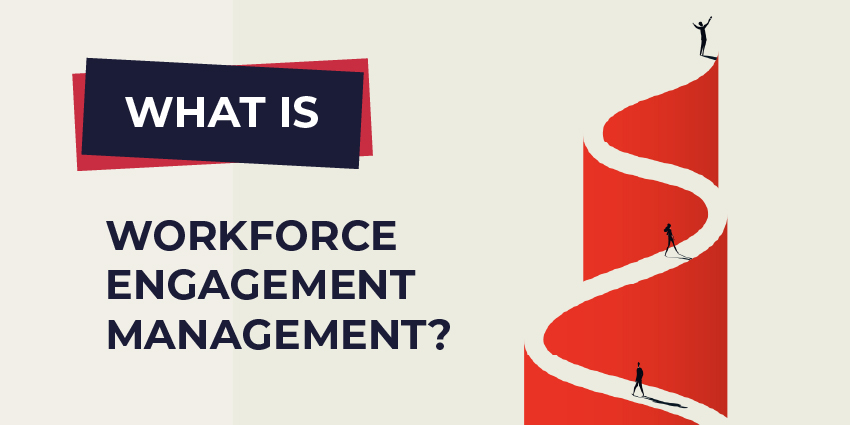Managing contact centre workforces has traditionally been a challenge, given above-average attrition rates, complex working conditions, and problematic customers. Contact centre agents report some of the highest levels of stress in the world and are extremely prone to turnover. That’s why WFO and WFM are such vital concepts – they allow you to orchestrate resource utilisation in a manner that reaches productivity targets without overburdening agents. WFO and WFM use statistical analysis and AI algorithms to recommend the most effective resource mix for a particular contact centre scenario (multiple channels, peak periods, etc.) This ensures that agents achieve steady levels of job satisfaction, even as they stay productive and meet KPIs.
The terms WFO and WFM are often used interchangeably because they both deal with workforce utilisation approaches. However, while they might share the same ultimate goal, there are subtle differences between the two concepts, and understanding these nuances can help you make the most of your contact centre resources in the long term.
WFO vs WFM
Workforce management or WFM can be defined as the set of strategies, processes and tools employed to increase agent productivity in a contact centre, primarily comprising demand forecasting, scheduling, and shift management tools. Its main purpose is to make sure that your contact centre is never understaffed, and there’s a contingent workforce in place to address peak periods.
WFM tools help to create schedules, assign agents to different shifts and channels, forecast unexpected traffic volumes, and quickly revise intra-day operations to adhere to a predetermined service level.
Workforce optimisation or WFO, on the other hand, refers to the set of strategies, processes, and tools employed to increase agent productivity, quality, efficiency, and sustainability in the long term, with a keen focus on talent development and quality assurance. While WFM deals with day-on-day productivity and KPI adherence, WFO provides high-level visibility so that overtime, agent stress, disengagement, or too many idle hours don’t get in the way of a contact centre’s long-term success.
Apart from scheduling tools, WFO includes capabilities for monitoring quality (including call recording), performance management, coaching/training, and gamification.
4 Key Differences Between WFO and WFM
- WFM focuses on BAU, while WFO prioritises efficiency gains – WFM lets you meet standardised service levels, and KPIs, making sure business processes are not interrupted. WFO reveals opportunities for unlocking new efficiencies, through analytics and long-term development
- WFO solutions include WFM features, not the other way around – WFM is a necessary part of WFO, but some of the key features of WFO like coaching management, performance monitoring, or employee engagement are missing in standalone WFM
A small contact centre can rely on WFM alone, not large ones – Standalone WFM may be sufficient for smaller contact centres with a limited team, where basic forecasting and scheduling capabilities are all you need. Large contact centres must have separate tools for QA, and performance management - WFO also has learning and development features, which WFM lacks – This is a key difference between WFO and WFM, with only WFO providing you with real-time coaching tips, recording-based guidance, and other talent development aids







